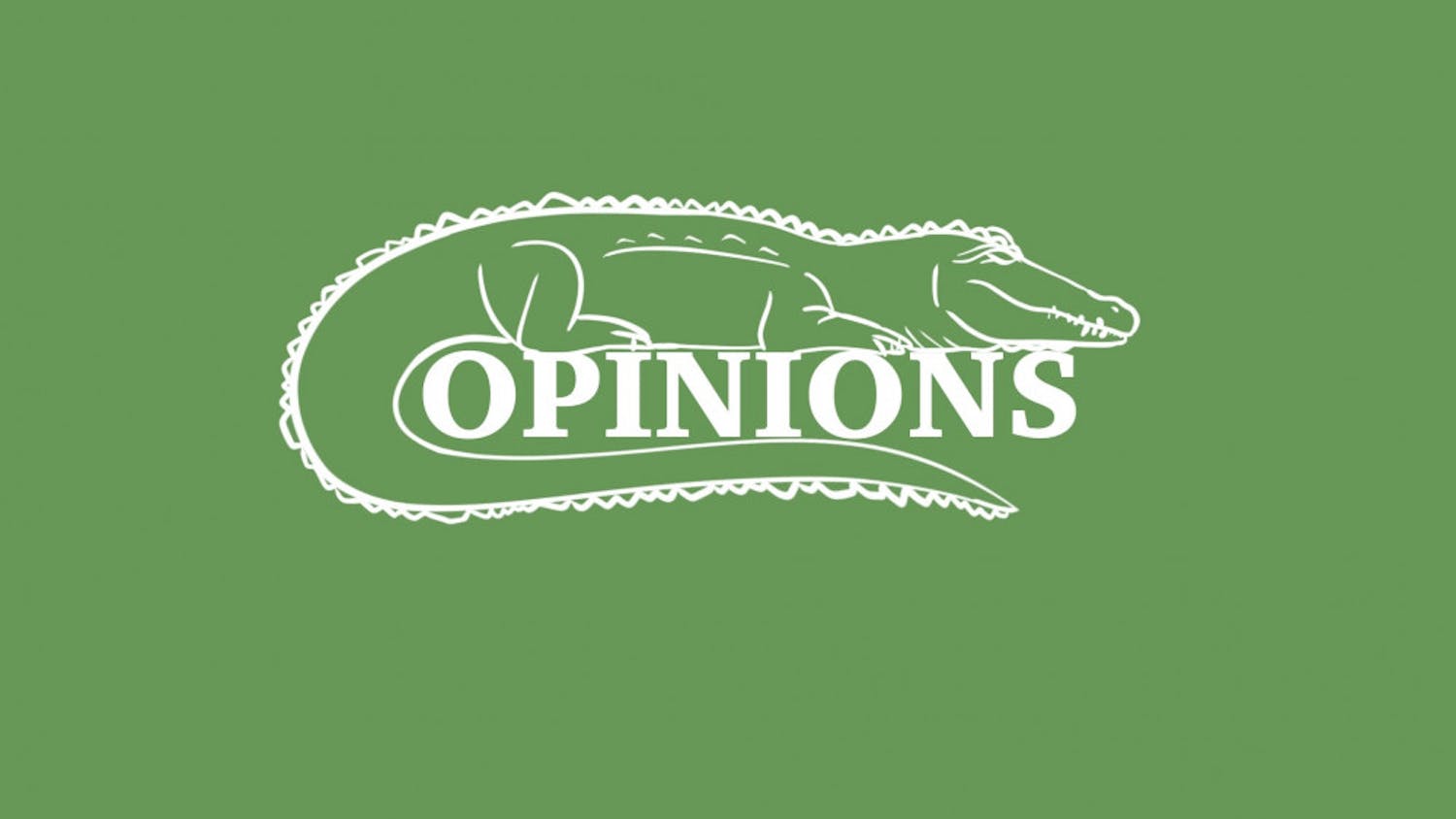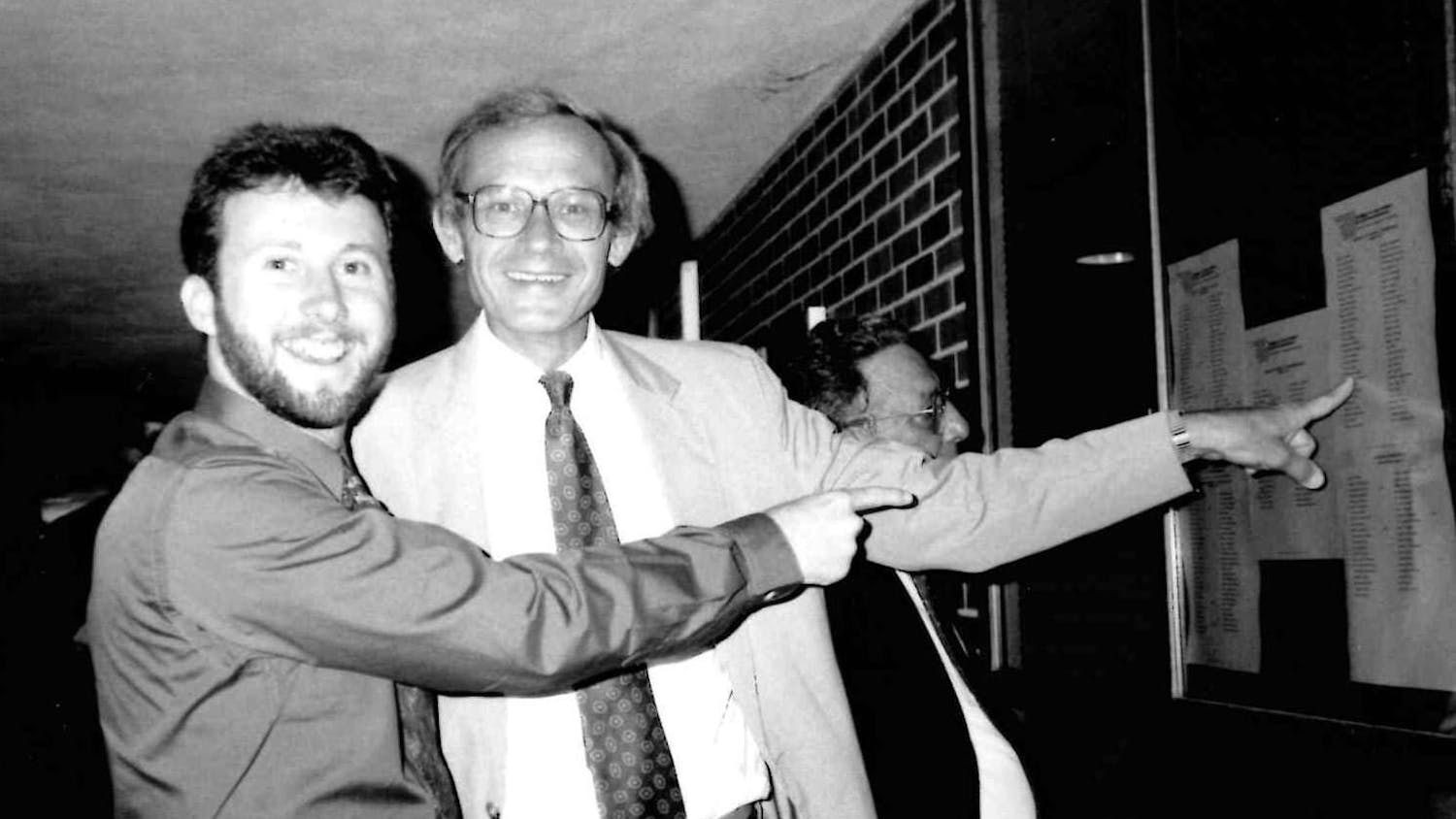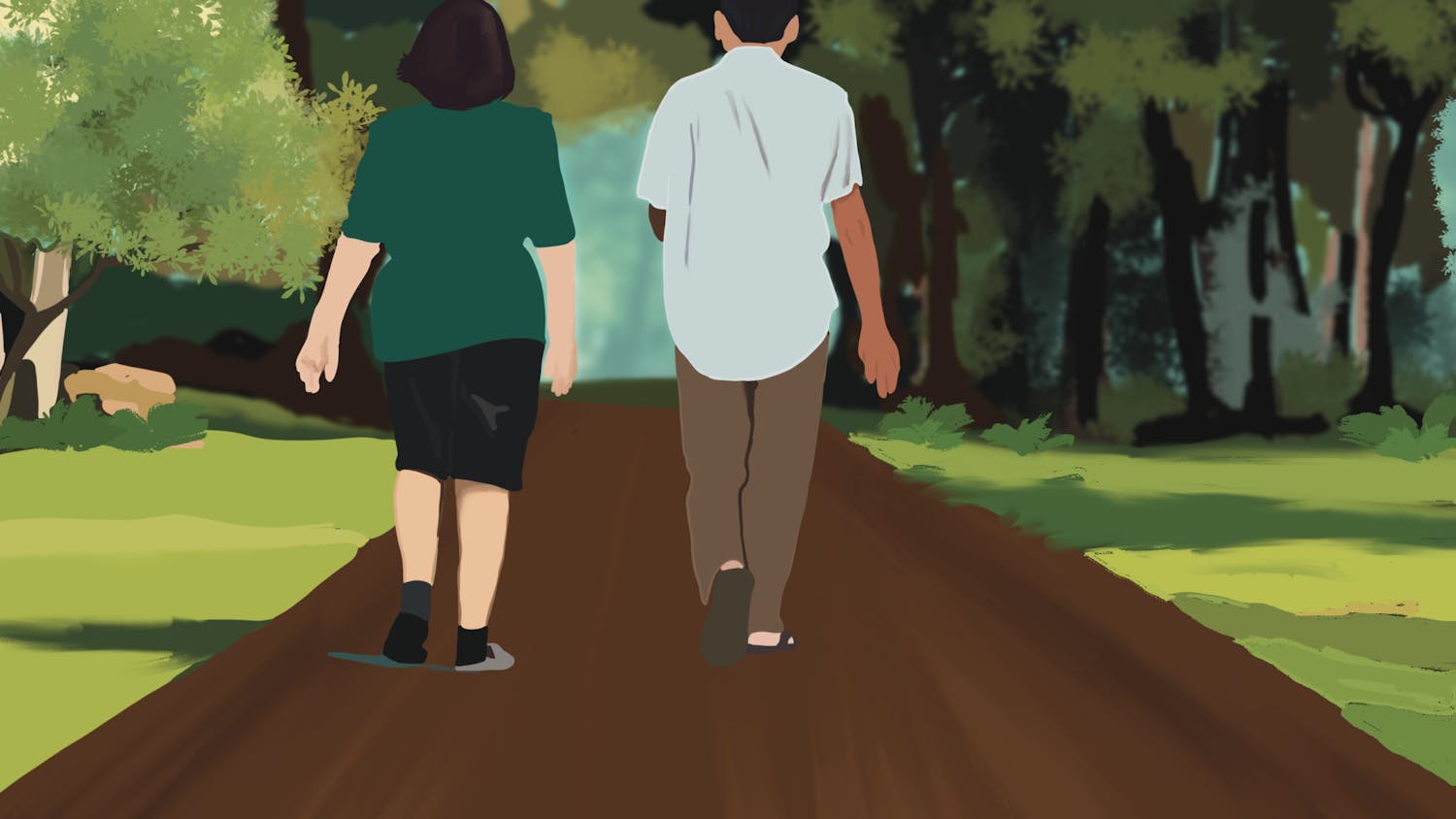The room was packed, and Pam Soltis was especially nervous.
When she presented her research findings to a group of 50 people, she was met with disbelief from her colleagues, who repeatedly questioned her results. The year was 1995, and it was a time when very little was known about Amborella trichopoda, a shrub native to the South Pacific island of New Caledonia.
She proposed that it was a common ancestor to all angiosperms, or flowering plants. This includes an estimated 300,000 species. With a position closer to the base of the evolutionary tree than any other known to exist, it could provide insight into the development of countless plant types.
Fifteen years later, Pam Soltis, a UF professor and curator of molecular systematics and evolutionary genetics at the Florida Museum of Natural History, is part of a nationwide team dedicated to sequencing its genome. The $7.3 million project funded by the National Science Foundation, which will last four years, is a collaborative effort of five universities.
In addition to UF’s three primary researchers, there will also be opportunities for two undergraduate students to get involved, Soltis said. Each participating university will enlist the help of students, who will present their findings at an annual symposium.
“This is a puzzle beyond any puzzle that you’ve ever seen,” said Doug Soltis, project co-investigator and UF professor of biology.
The project is like taking the most complex airplane, disassembling it down to the nuts and bolts and putting it back together, he said. It will provide the best hint as to what the earliest plants were like.
Through this project, the shrub’s relation to other plants will become more apparent, Pam Soltis said. It will give the world a broader perspective of angiosperms’s evolutionary track, as well as provide better insight for agricultural purposes.
Once it is known what genes are commonly found in different crops, it will be easier to see which are worth manipulating, she said. If a gene that predisposes a plant to a disease is found throughout an entire evolutionary branch, she said, it would not be worth the effort needed to control it.
A. trichopoda’s position in the plant world has gone relatively unnoticed because it is rarely encountered by people, Doug Soltis said. Aside from captivity, it is only found growing in the high altitude regions of one island.
“It’s a bit weird,” he said. “No one plays around with it too much.”
Finding the best combinations for the plant to grow has been tough, he said. It has different growth needs that can be difficult to pinpoint because little research has been done about its native soil composition.
UF had five of them before three suddenly died, apparently of a root disease, he said. The survivors will be used in the project.
The shrub’s natural growing conditions aren’t its only mystery. New Caledonia, the shrub’s natural home, is estimated to be older than the plant, he said. It is likely that birds ate the tiny fruit it bears before traveling to the island.
He hopes to have a first draft of A. trichopoda’s genome complete by the beginning of next year. From there, the researchers will continue their work to make it as accurate as possible.
The budget may allow for more work to be done than was initially proposed, he said. As technology becomes more advanced, they are able to do the sequencing cheaper and faster. He said they will be able to do more with the money than they could have years ago.
Charles Darwin once referred to the appearance of flowering plants as an “abominable mystery.” He was baffled by their sudden emergence and rapid diversification. To this, Doug Soltis said that this research is one more step toward solving it. He is skeptical this will ever be complete because one answer only leads to more questions.





